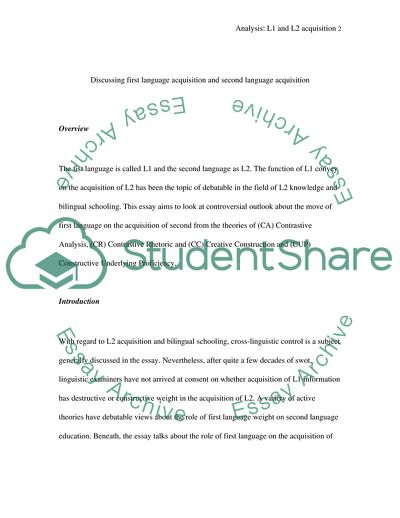Cite this document
(Current Issues and Debates Surrounding First Language Acquisition Essay, n.d.)
Current Issues and Debates Surrounding First Language Acquisition Essay. Retrieved from https://studentshare.org/education/1746770-current-issues-and-debates-surrounding-first-language-acquisition-and-second-language-acquisition
Current Issues and Debates Surrounding First Language Acquisition Essay. Retrieved from https://studentshare.org/education/1746770-current-issues-and-debates-surrounding-first-language-acquisition-and-second-language-acquisition
(Current Issues and Debates Surrounding First Language Acquisition Essay)
Current Issues and Debates Surrounding First Language Acquisition Essay. https://studentshare.org/education/1746770-current-issues-and-debates-surrounding-first-language-acquisition-and-second-language-acquisition.
Current Issues and Debates Surrounding First Language Acquisition Essay. https://studentshare.org/education/1746770-current-issues-and-debates-surrounding-first-language-acquisition-and-second-language-acquisition.
“Current Issues and Debates Surrounding First Language Acquisition Essay”. https://studentshare.org/education/1746770-current-issues-and-debates-surrounding-first-language-acquisition-and-second-language-acquisition.


